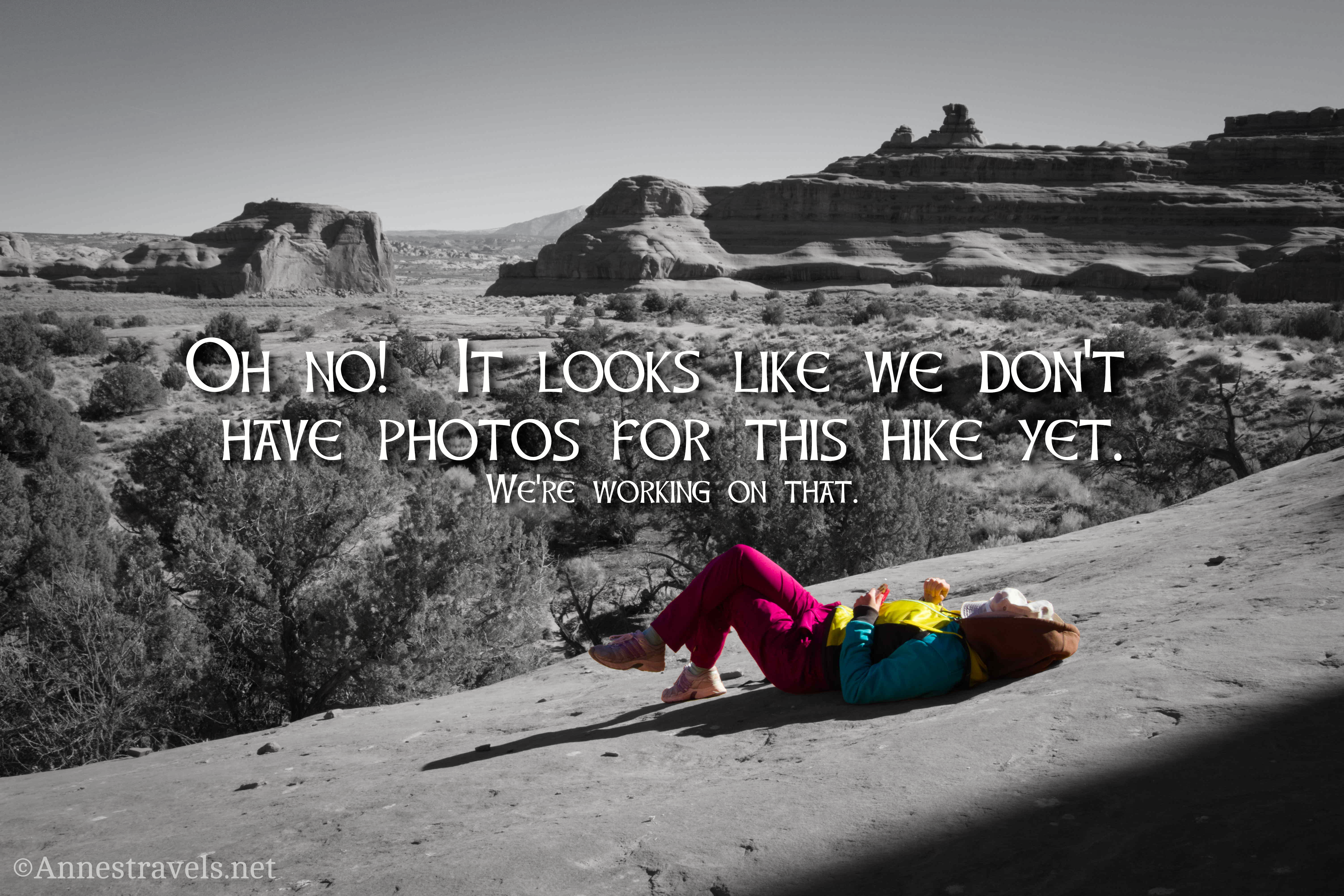
Dirt Road: Eagle Borax Works – Death Valley National Park
See what little remains of a borax works in Death Valley.
| Total Distance: 0.2 miles point-to-point (dead end) | Elevation Gain: 5ft. up, 22ft. down (-251ft. to -261ft.) |
| Road Difficulty: 1.5 (high clearance required) | Bicycle Difficulty: Easy |
| View Rating: 2.0 out of 5.0 stars | Author’s Rating: 2.0 out of 5.0 stars |
| Visitor Rating: (Click to rate) [Total: 0 Average: 0] | Visitor Difficulty Rating: (Click to rate) [Total: 0 Average: 0] |
| Pets: Leashed | Horses: Yes (do not take horses onto the salt flat) |
| Best Seasons: October-May | Special Permits: None |
| Water Availability: None | Overnight Options: None here; the closest dispersed camping is 1 mile up the Hanaupah Canyon Road |
| Amenities: None | Crowd Factor: Solitude |
| Uses: | Road surface: |
| Features: | Hazards: |
Mile-by-Mile: Eagle Borax Works
0.0 Eagle Borax Works Spur Road on east of the West Side Road (-251ft.). Drive east down the sideroad. (36.200255°, -116.870558°)
0.2 End of the Eagle Borax Works Spur Road (-266ft.). An educational sign nearby explains the borax works and history of the area. There are also some of the windrows of borax, looking very similar to how they were left in 1884. You can walk the hundred feet or so to the windrow if you’d like to, or you can walk over to the edge of a nearby salt marsh. You may also find the old firebox of the boiler. (36.200630°, -116.867281°))
History & More
In 1875, Isadore Daunet, a Frenchman who had been exploring the western US since the age of 10, and several friends decided to take a shortcut across the southern end of Death Valley en route to the Arizona mine fields. After their water ran out, Isadore and another man went for help. Local American Indians discovered the two men and returned to the camp for the rest of the party. Two had already died, but the American Indians led the others to safety. Meanwhile, Isadore and his friend continued on to the town of Darwin, where he showed the locals some white powdery crystals he had picked up. No one was interested, so the Frenchman gave it up. Six years later, after Aaron and Rosie Winters struck it rich in borax, Isadore recalled the similarity between his crystals and borax. He convinced a Darwin storekeeper and a San Francisco broker to join him in staking a claim near where he had left his companions while he went for supplies and water. Thus, the Eagle Borax Company was formed.
The team knew very little about borax production, so their impure methods garnered only 8c a pound – about the cost of production, including the 160-mile desert haul to the nearest rail station in Mojave. Hot weather forced the shutdown of the boiling pan and crystallizing tanks over the summer, and the second year saw better profits. However, the Eagle Borax Works did not have a happy ending: Isadore committed suicide after his wife divorced him the next year.
In total, the Eagle Borax Works produced only about 150 tons of ore.
Download Route Map
Driving Directions
Along the West Side Road, 12.7 miles from the north end of the road and 23.1 miles from the south end of the road.
Camping is not permitted within 100 feet of a flowing stream, spring, or other natural body of open water.
No camping is permitted on the floor of Death Valley, within one mile of Darwin Falls and Greenwater Canyon, on the active/shifting sand dunes, and certain other canyons and backcountry areas.
Camping is also prohibited within one mile of the Ubehebe Lead Mine, Leadfield Mines, Keane Wonder Mill, and Skidoo Mill.
Camping is limited to 30 days per calendar year within the park.
Fires are permitted in NPS-provided fire grates or grills ONLY.
Leave No Trace Principles are enforced
Drones and model aircrafts are prohibited
Camping is permitted only in designated sites or in areas open to dispersed backcountry camping
All park rules and regulations
12 Month Pass: $55/Death Valley Annual Pass (valid at Death Valley National Park). $80/America the Beautiful Annual Pass (valid at all national park and federal fee areas). $20/Annual Senior Pass (62 years or older US citizens; valid at all national park and federal fee areas). Free/4th Grade Pass (Valid Sept. 1-August 31 of the child’s 4th Grade school year). Free/Military Pass (valid for all active military personel and their dependents with a CAC Card or DD Form 1173).
Lifetime Pass: $80/Lifetime Senior Pass (62 years or older US citizens; valid at all national park and federal fee areas). Free/Access Pass (available to all US citizens with perminent disabilities). Free/Access for Veterans and Gold Star Families Pass (valid for all military and veterans with a CAC card, Veteran HJealth Identification Card, Veteran ID Card, or veteran’s designation on state-issued drivers license or identification card.)


